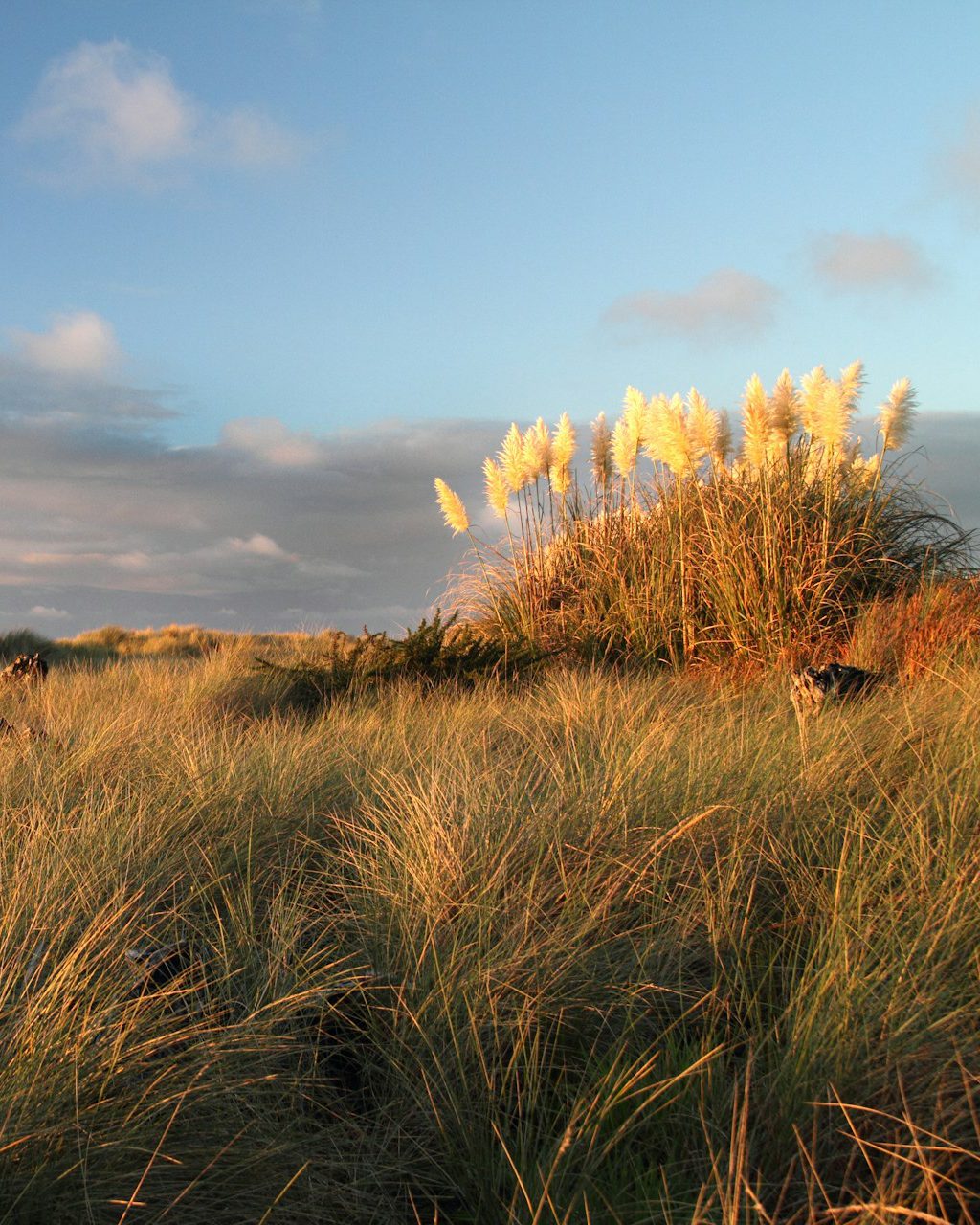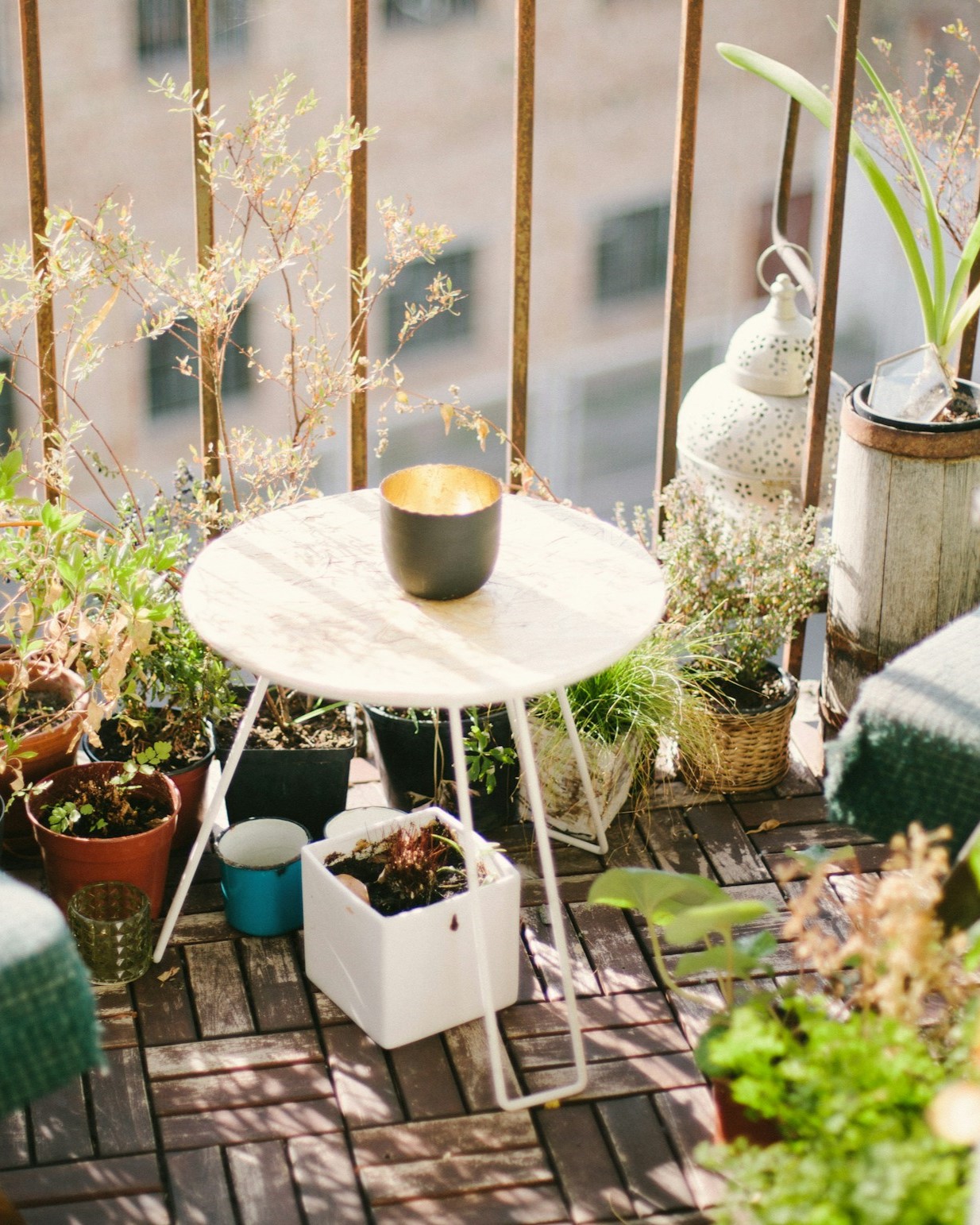
Eleanor Clarke
GARDEN DESIGN
Plant for September: Dahlias
There’s so many reasons to love dahlias. Their rich, exotic colours and fabulous forms are so rewarding, through September and beyond.
Of course, the sheer number of varieties available makes choosing difficult. From dwarf cultivars reaching 40cm to massive show-stealing bronze-stemmed beauties topping 2m (although most are around the 1m mark). With pompom, waterlily, cactus or anemone flowers… These Mexican natives have been bred so enthusiastically there are now literally thousands of different dahlias, and it’s easy to get overwhelmed. So settle down, grab a cuppa and learn a little more about this fabulous group of plants before you take the plunge.
If you’re horticulturally minded, you may want to know that dahlias are classed as tubers (like potatoes). They’re perennial (so come back year after year) but also tender (so they might not survive a harsh winter – more on that later).
Why we grow them
Getting your garden plants in in spring, with an eye to early- and mid-summer colour and forgetting about the golden days of early autumn is an easy mistake to make – and we’ve done it plenty of times. This is where dahlias come in, charging to the rescue in July and flowering right through to the first frosts in November, and toning deliciously with those lovely red, orange and russet tones of autumn. All rather wonderful in the low late-summer sun.

Show them some love
Depending on where you live, and how susceptible your garden is to frost, you may be able to get away with leaving your dahlias in the ground over winter. What you want: well drained soil in a frost-free garden. Not good: heavy clay soil, frost pockets and exposed sites, all of which are no-nos for dahlia tubers. If conditions aren’t ideal, planting in pots is a good approach as you can manipulate soil and location.
All dahlias like to bask in that Indian summer sun, so a south or west-facing spot is the one, either in borders or for pot placement. And don’t forget to water well; they’re thirsty plants.
Do...
- Give taller dahlias plant supports
- Feed every other week with tomato feed from July to September
- Cut nice long stems to bring indoors (it’ll encourage more flowers)
- Lift and store the tubers if you think they won’t survive your winter. Cut the top growth as soon as the frost blackens their leaves. Carefully dig them up, leave to dry and store in the shed – in open boxes with sand or dry soil for insulation
- Re-plant in late spring 10-15cm deep

Try not to
Remove the buds when deadheading: a pointed shape means spent flower, rounded is a bud.
Leave them without winter protection. If you think they’ll be ok staying put, cut down the stems in November and cover the base of the plant with 10-15cm of bark chippings or compost.

Also invited
For design and plant partner inspiration, we look to the late Christopher Lloyd of Great
Dixter. A master of colour and form, he created exotic, tropical palettes with dahlias,
giant foliage plants, cannas, coneflowers, cosmos and verbena bonariensis. Or perfect
the laid-back, hazy feel of late summer by planting dahlias with swathes of grasses,
asters, echinaceas, sedums and echinops. Limited space? Then pop your dahlias in
generous containers and combine with soft, wafty grasses such as Stipa tenuissima or
Anemanthele lessoniana.
Did you know?
The Aztecs prized dahlias as a food plant, and they were originally introduced to England as a crop. Every part is edible!
Weekend wanderings
Head to West Dean Gardens (westdean.ac.uk) on the Sussex South Downs for a display that will get you lusting after your very own walled cutting garden bursting with every imaginable colour and form of dahlia.
Novice rating: gorgeous, but needs a little knowledge
To thrive, dahlias need plenty of food and water, and if you want them to come back year after year, there’s a knack to it. But they’re SO worth it.


